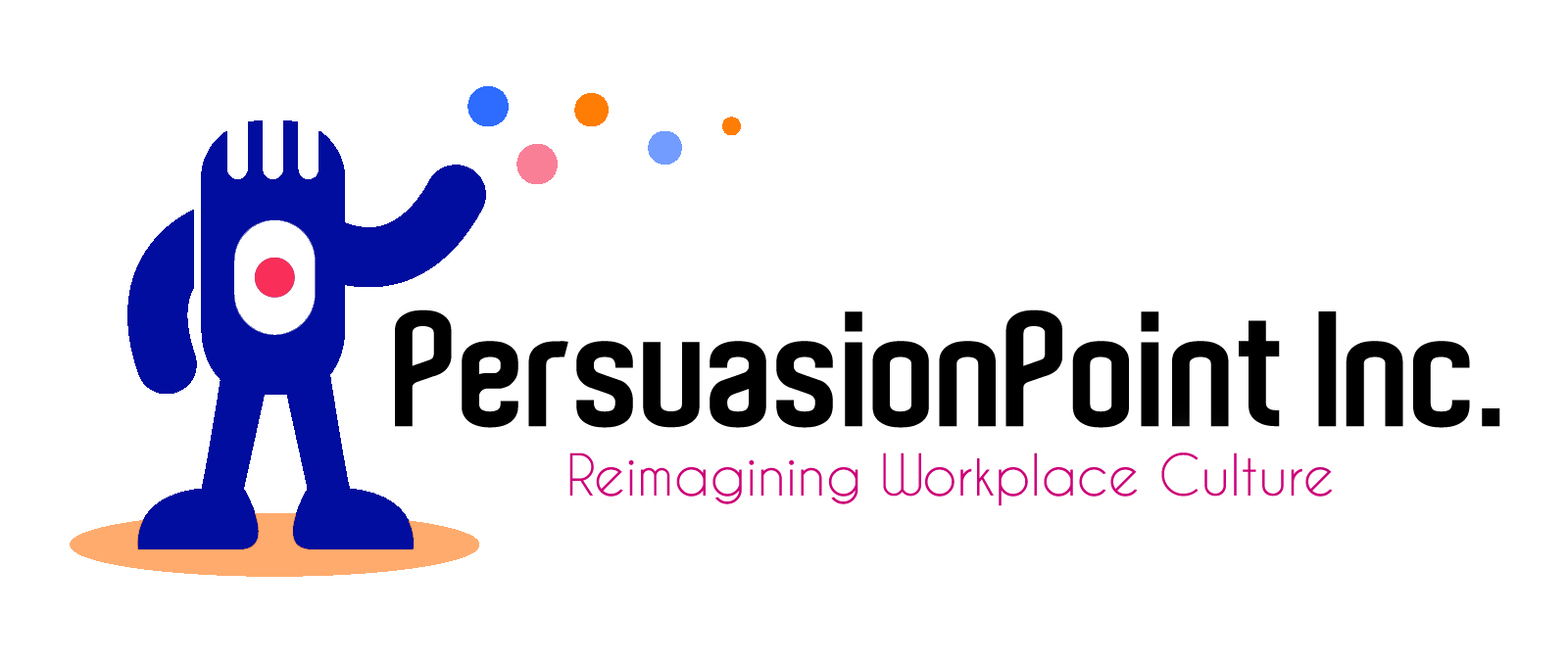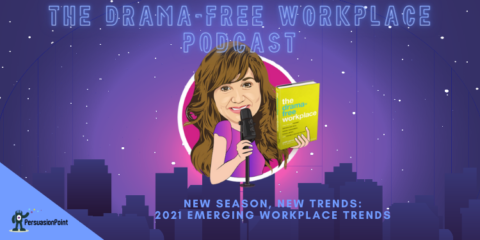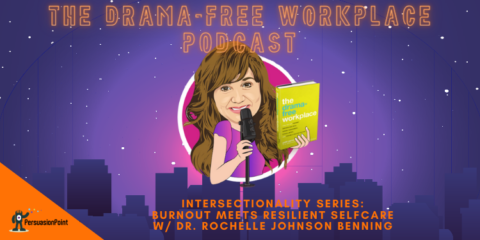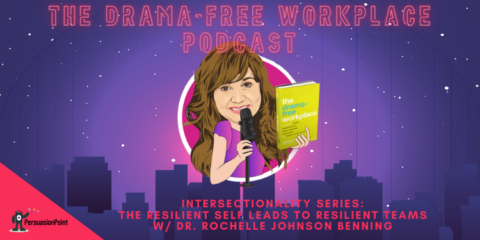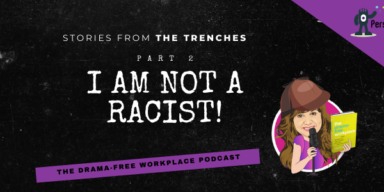If you like this article’s cover art, consider supporting Black Illustrations (click here).
By now, we’ve all read multiple corporate statements denouncing racism and standing with #BlackLivesMatter protesters. With few exceptions, these statements have been written exclusively for external consumption, rather than to send a bold internal message about the organization’s commitment to creating and sustaining inclusive, equitable and anti-racist workplace cultures.
If you’re a leader at an organization and want to go beyond window dressing, read on.
Make authenticity your first, middle and last names.
For the love of all that is holy, please don’t put out a statement supporting black lives, cherishing diversity, saying inclusion is a “core” organizational principle…
UNLESS…
YOU. CAN. BACK. IT. UP. WITH. REAL. AND. SUSTAINED. EVIDENCE.
Seriously folks, all I have to do is take a quick peek at your leadership page to see whether you put your dinero where your boca is.
And while numbers are only a part of the story, it’s a place to start and your statement will ring hollow if you can’t even back it up with diverse leadership.
One more point, if your diversity statistics focus solely (or primarily) on gender diversity, this is not necessarily helping to create an anti-racist workplace. ![]()
Your statements cannot only address external branding.
Now that your organization has made an external commitment, what steps will you take to make yours an anti-racist workplace?
Here’s one example of an organization that could have (and should have) done better. Franklin Templeton fired Amy Cooper – the white woman who called the police to report her supposed fear because a Black birdwatcher, Christian Cooper, asked her to put her dog on a leash…per park rules. In its statement, the company said:
“Following our internal review of the incident in Central Park yesterday, we have made the decision to terminate the employee involved, effective immediately. We do not tolerate racism of any kind at Franklin Templeton.”
This response was lauded by PR and legal professionals as timely and clear. That might be true as it relates to external branding, but the statement left a lot to be desired as it relates to internal matters.
Here are a few questions I would have asked the company’s leadership:
- While saying the company doesn’t “tolerate racism of any kind” is a start (and, frankly, a pretty low bar…I mean, I’d hate to work for a company who embraces racism!), what about behavior that is biased but doesn’t involve calling the cops? What does “of any kind” mean? What if your investigation finds that one of your leaders routinely engages in microaggressions, only hires and promotes employees who look like him, and has openly expressed opposition to your diversity efforts? Will you also fire him since this falls within “any kind of racism?”
- What will you do to check that Ms. Cooper treated all subordinates fairly and equitably? Will you conduct a review to make sure that anyone who reported to her, especially Black men and women (and other people of color), got a fair shot under her leadership? And if you do find bias – conscious or implicit – will you commit to fixing the damage done?
The bottom line is that simply saying “she’s fired so problem solved” is incomplete and naïve at best, or a purposeful PR distraction at worst.
So you’re feeling pretty woke, now what? ACT!
While I’ve seen great lists of resources on ways companies can help externally, I’ve yet to see a comprehensive list of the actions organizations must take to start the hard work of making their workplaces anti-racist, inclusive and equitable.
Here is a partial list:
Policies
- Don’t try to “policy” your way out of this. This calls for ACTION, not just more rules.
- If you do amend or add to your policies, use them to define your organization’s behavioral norms and expectations.
- Be specific about expectations and consequence (see above, “we do not tolerate racism of any kind” is vague and unclear in terms of consequence).

Conflict Resolution
- Review how complaints are received, how they are investigated and how they are resolved.
- Set up a database to track how your organization handles complaints, including those involving racial bias and discrimination.
- Use the database to analyze past investigations and resolutions. If you notice a trend skewing towards dismissing employee complaints, especially those involving racial bias, your system is not working.
- Use the database to track issues moving forward to ensure your conflict resolutions system is anti-racist, is radically fair and consistent, and in line with your core organizational values (which I assume includes some version of diversity, equity and/or inclusion).
Don’t stop at diversity: Focus on equity, belonging, inclusion
- Look at other data, from recruiting to termination, to ensure that your neutral policies and practices (“we are an equal opportunity employer” etc.) do not have a disproportionately negative impact on people of color.
- If you have incorporated mechanisms to eliminate bias in hiring, but the net effect is that you still fail to hire diverse candidates (or you lack diversity in leadership), your system is broken. Take steps to fix that.
- Boost inclusion, belonging and equity efforts: If your diverse employees are leaving your organization in disproportionate numbers, there is an issue with inclusion and belonging and you need to implement new and effective solutions to address them.
- Look at the data from your exit interviews to see if there are patterns for why people of color leave your organization. This provides you with an excellent start to implement real solutions.
Embrace Open Dialogue
- Facilitate honest, open, respectful and clear discussions about race at work. We can no longer afford to keep silent about the realities of racial discrimination – at work and beyond. If you’re too afraid or confused about how to do that on your own, bring in experienced facilitators to help.
- Provide space for your Black employees to grieve, and do the same for your other employees of color. But DO NOT rely on them to solve your problems.
- TALK TO YOUR EMPLOYEES. Don’t over-rely on one-and-done training sessions or climate surveys to solve these complex problems. A one-hour course on how to eliminate unconscious bias or a quick survey will not do the trick. Not this time.

The Bottom Line
Know that this is truly a historic inflection point and, cliché though it may sound, how you and your organization handle this situation will define you, so be thoughtful, be kind, be generous, and more than anything, be bold and commit to making real change!

About PersuasionPoint
Patti Perez is founder and CEO of PersuasionPoint, a modern-day consulting firm dedicated to teaching leaders and teams how to create and sustain healthy, equitable and inclusive workplace cultures. Patti is the best-selling, award-winning author of The Drama-Free Workplace (Wiley 2019), and draws from the book’s themes to provide practical, authentic, and action-oriented solutions to help companies achieve true diversity and equity, and to create environments of belonging and inclusion.
Patti and the team provide services specifically tailored to address workplace struggles with recruiting, retaining, promoting and fully valuing diverse employees – including consulting, leadership training, and boot camps for diverse attorneys who are emerging leaders.
Contact Patti here or email her directly at Patti@PersuasionPoint.com.
